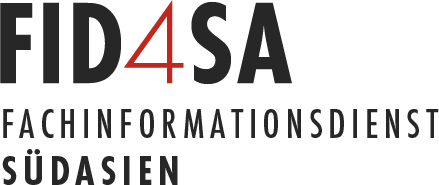
Zitationsvorschlag
Lizenz

Dieses Werk steht unter der Lizenz Creative Commons Namensnennung - Weitergabe unter gleichen Bedingungen 4.0 International.
Veröffentlicht
Downloads
Renewable Energy and Sustainable Development
An Impact Assessment of Micro and Mini Hydel Projects in Gilgit-Baltistan, Pakistan
The Clean Development Mechanism (CDM) is a policy instrument that aims to take into account the climate development nexus. It is part of the global climate regime of the Kyoto protocol, in which most of the so-called developed countries of the world committed to reduce their GHG emissions by 5.2% below the level of 1990 until 2012. The CDM includes the developing countries in the regime by allowing developed countries to comply with their reduction commitments through the support of renewable energy projects in developing countries. The dual objective of the instrument – as laid down in article 12 of the Kyoto protocol – is to support developed countries in complying with their emission targets and to assist the developing countries in achieving Sustainable Development. There are no internationally standardized guidelines for the Sustainable Development objective but it is the host party’s responsibility to define, assess, and monitor the respective criteria.
At its initiation in 1997, the CDM was widely welcomed with high expectations for its ability to stimulate developmental benefits. By 2010, the CDM has been a great success in terms of the high quantity of projects being implemented, but has been criticised for various qualitative reasons. One of the areas of concern is that CDM projects often neglect the goal of fostering Sustainable Development on the project level and only rarely address the poorest segments of the population directly and appropriately. In order to test this hypothesis, processes on the local project level have to be analysed. What benefits are in fact created by the renewable energy projects initiated on the global climate policy level, and which of these actually impact the individual? It is the objective of this paper to investigate these questions through assessing the impact of three exemplary projects realized under the CDM.
The examples presented are small-scale hydro power plants implemented by the Aga Khan Rural Support Programme (AKRSP), a non-governmental development organisation, in Gilgit-Baltistan in the north of Pakistan. Thus far, most of the local energy demand is met by the use of biomass and fossil fuels. By implementing so-called run-of-river hydro power plants that, in contrast to larger hydro power stations, have no storage reservoir, AKRSP aims to improve the deficient access of the region’s rural population to electricity. The plants have capacities ranging between 35 and 600 kW and are also referred to micro and mini “hydels”. Comparable projects have been implemented in the high mountain region for many years. Through their promotion by the CDM they are now gaining increased prominence on the global level.








